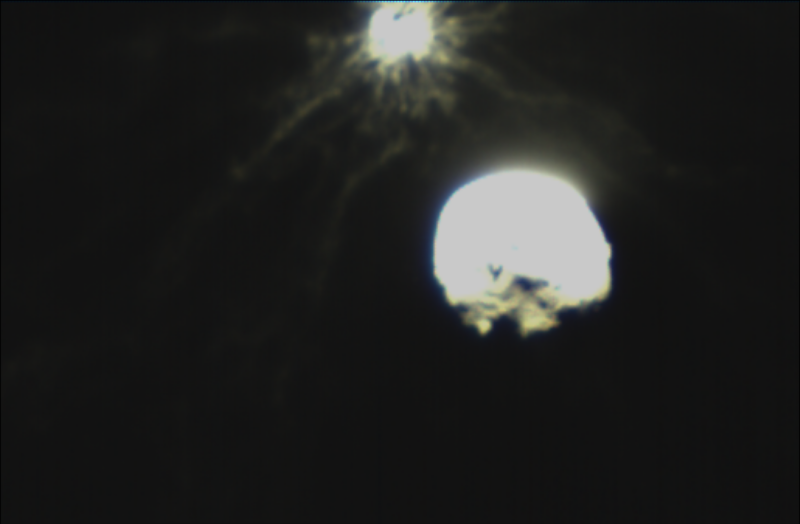Close-up images of DART’s asteroid smashup reveal complex debris

In 2022, NASA's Double Asteroid Redirect Test (DART) smashed into the asteroid Dimorphos in a successful test of planetary defense technology. That success was measured by a significant shift in Dimorphos' orbit around the larger asteroid Didymos. Since then, various observatories have been analyzing the data to try to piece together what the debris from the impact tells us about the structure of the asteroid.
All of those observations have taken place at great distances from the impact. But DART carried a small CubeSat called LICIACube along for the ride and dropped it onto a trailing trajectory a few weeks before impact. It took a while to get all of LICIACube's images back to Earth and analyzed, but the results are now coming in, and they provide hints about Dimorphos' composition and history, along with why the impact had such a large effect on its orbit.
Tracing debrisLICIACube had both narrow and widefield imagers on board (named LEIA and LUKE via some carefully chosen backronyms). It trailed DART through the impact area for about three minutes and captured images starting about a minute before the impact and continuing for over five minutes afterward.